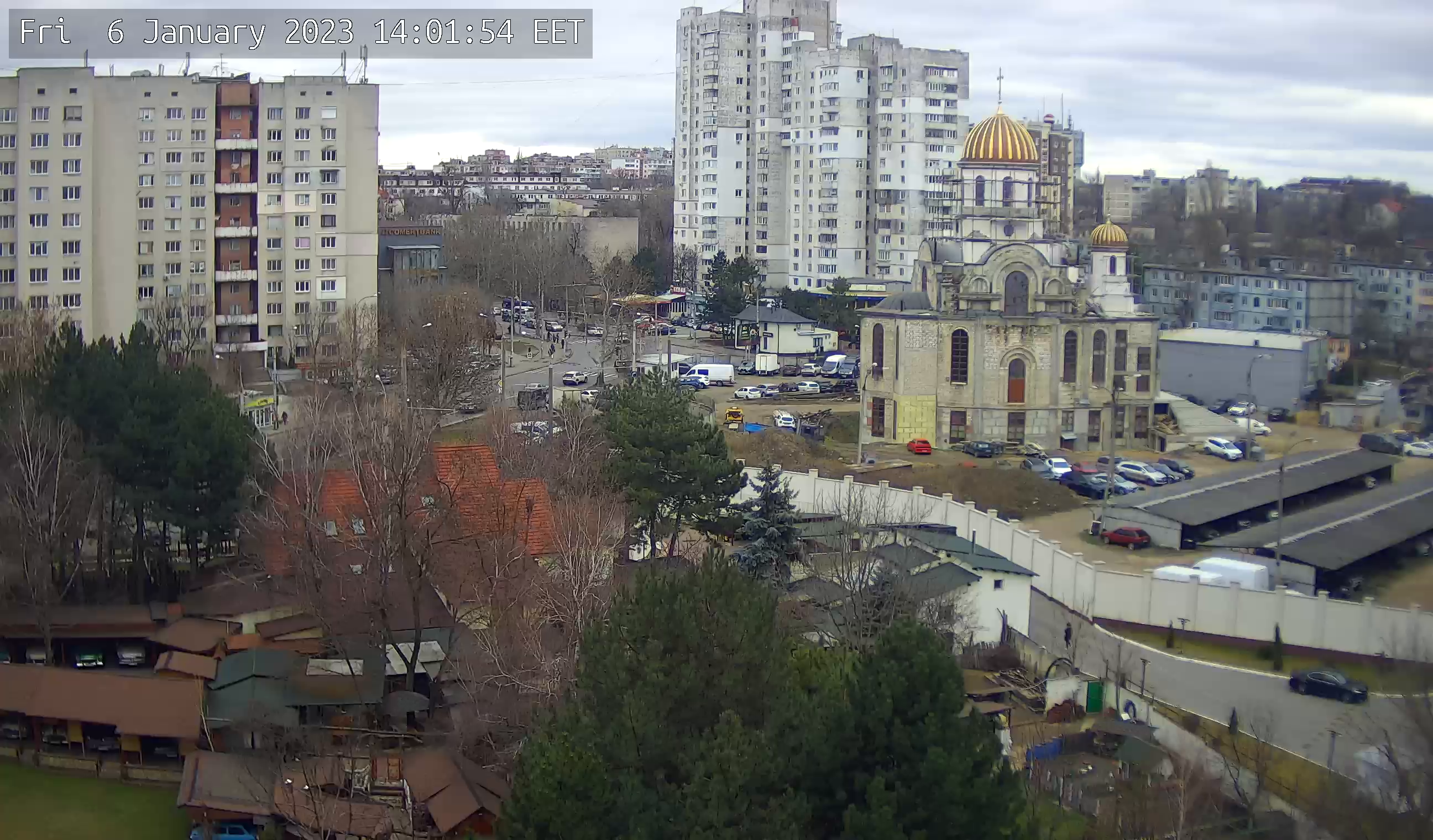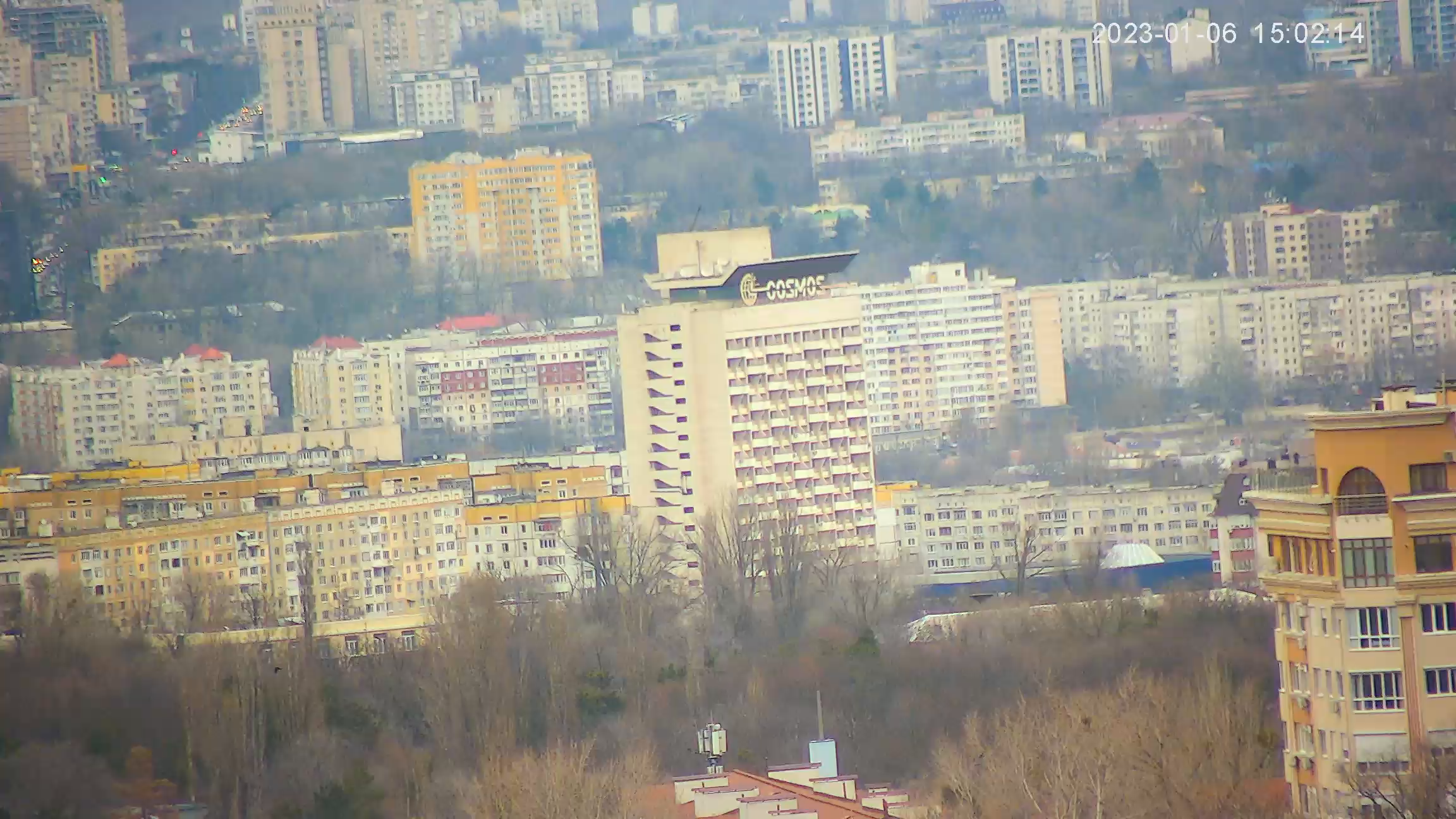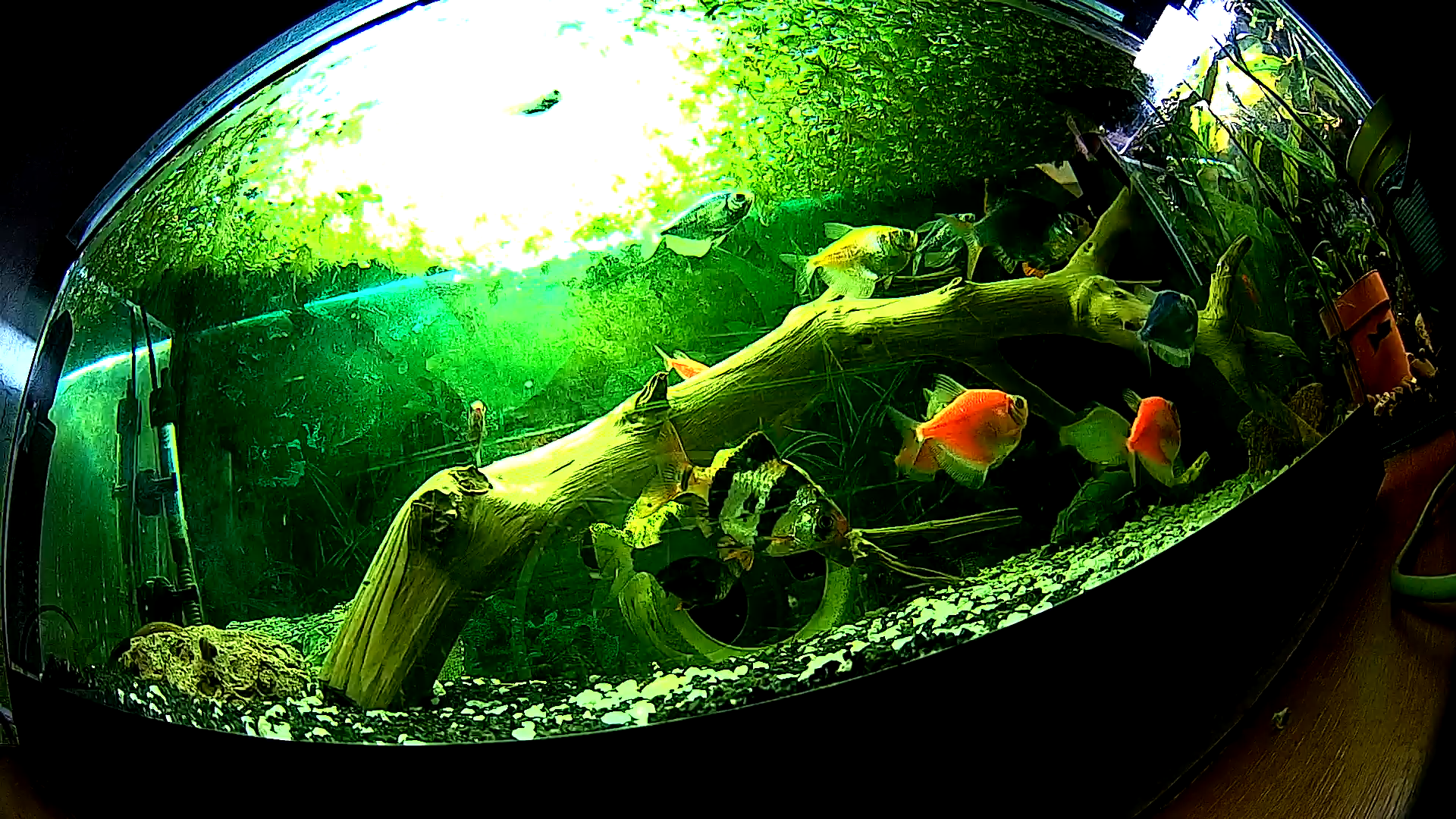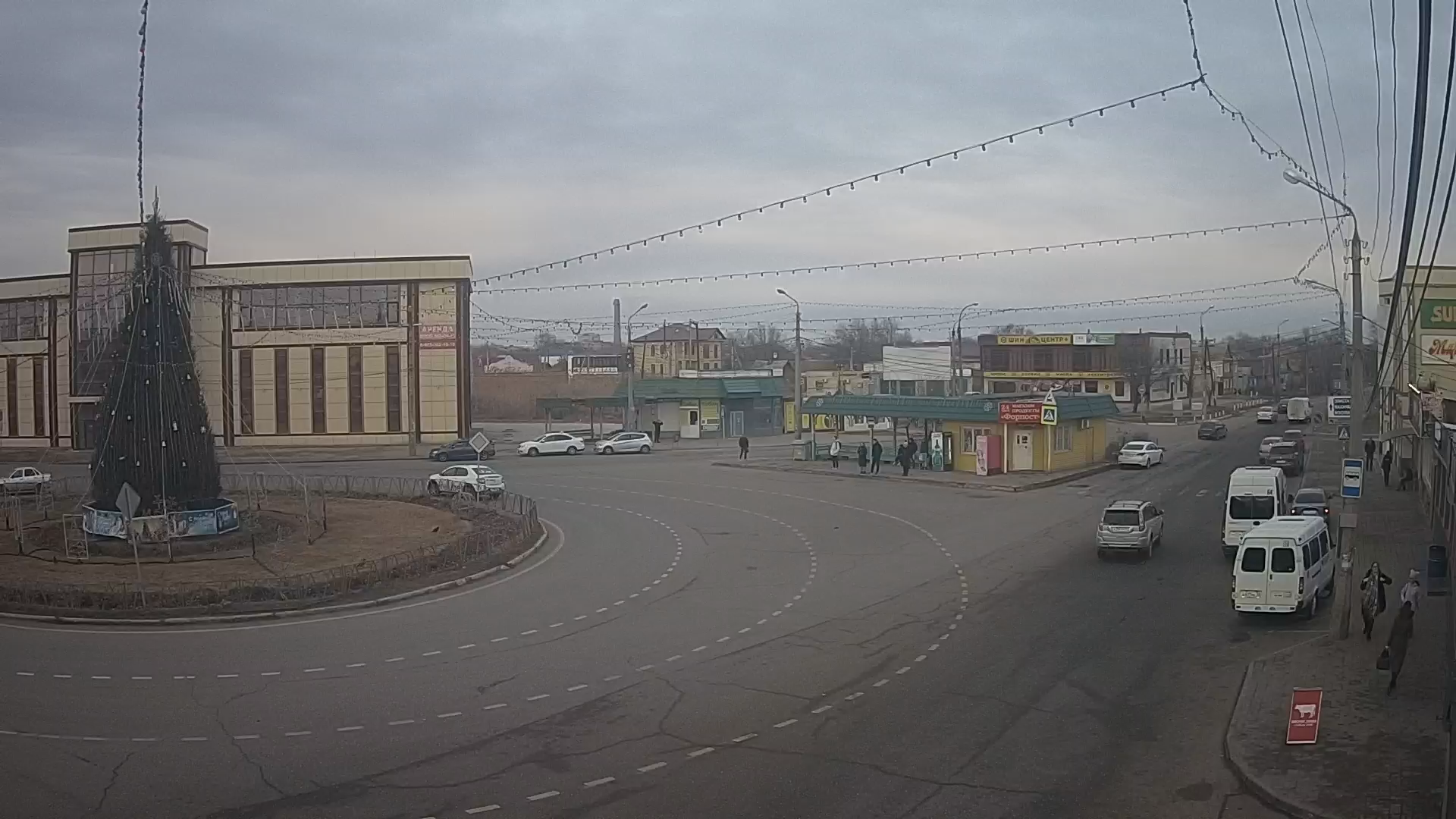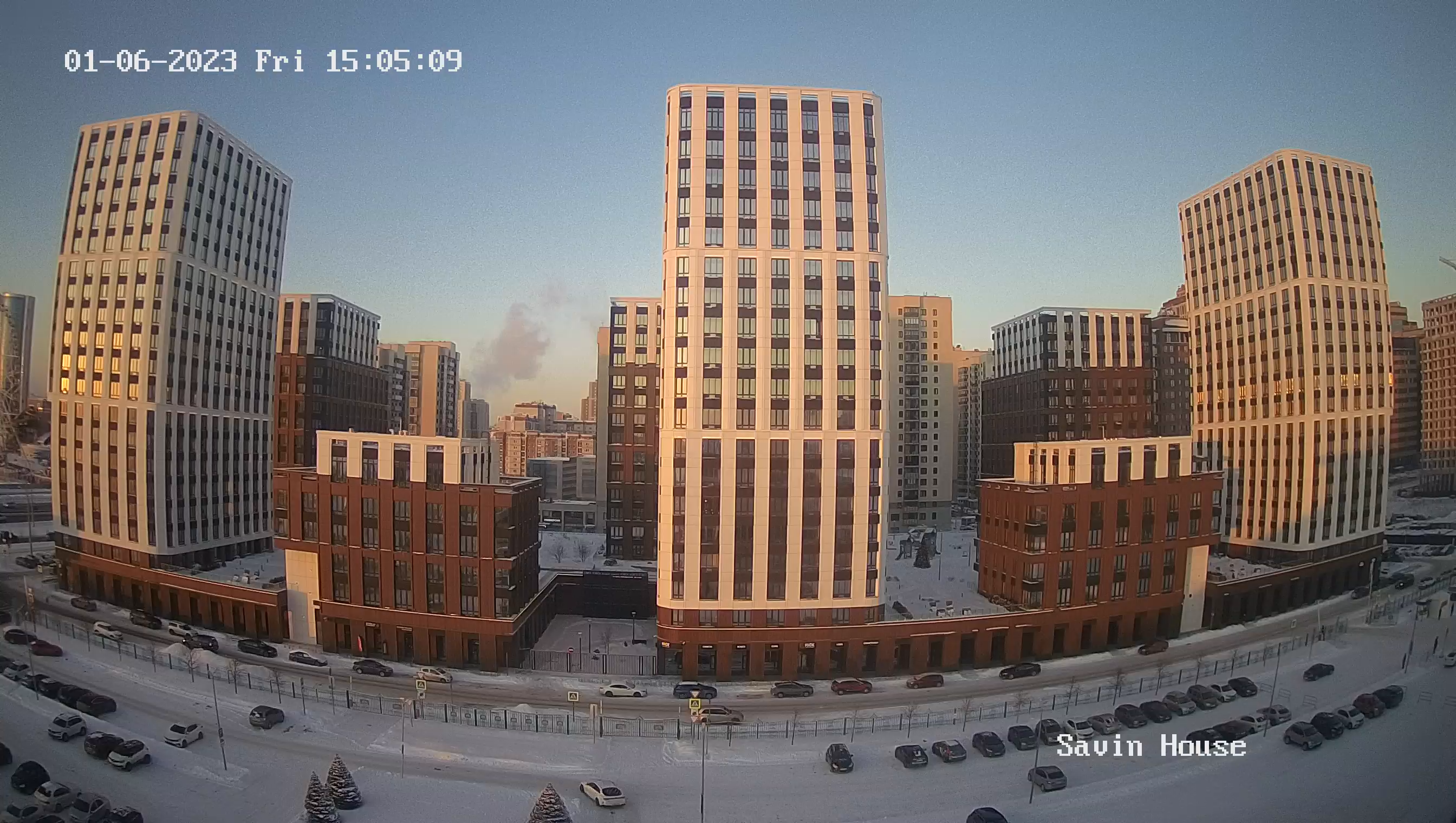Webcam Lazio. Panorama in the Ponzone area
From the west, Lazio is washed by the Tyrrhenian Sea. Within the region's capital is the independent state of the Vatican City.
Lazio is a geographically very diverse region, stretching from the Apennines to the Tyrrhenian Sea. Mountainous and hilly areas are common, while lowlands are found mostly near the coast. The three central mountain ranges (Volsini, Cimini, and Monti Sabatini), each with its own lake: Bolsena, Lago di Vico, and Bracciano, respectively, descend toward the Maremma plain to the west and the Tiber valley to the east.
In the southern part of Lazio, starting from Colli Albani, begins a mountain range that runs parallel to the Apennines, from which it is separated by the Chocharia Valley, where the Sacco and Liri-Garigliano rivers flow, flowing into the Tyrrhenian Sea near the border with Campania. The region of Rome (Italians call it Agro Romano) stretches south along the sea shore to Agro Pontino, an area that was covered by the Pontic marshes before they were drained in the 1930s and 1940s.
The coast of Lazio is fairly flat, the shores low and sandy. Nevertheless, sometimes there are "ledges", such as Cape Linaro south of Civitavecchia; the mouth of the Tiber (the main river of the region) between Rome and Fiumicino; south of the mouth are the peninsula of Anzio and Nettuno; Mount Circeo stands directly on the border between sea and land, and Cape Gaeta is close to the Campanian border. Near Gaeta is the Ponza Archipelago, six small islands of volcanic origin.
Lazio is a combination of natural beauty, historical heritage and a variety of flavors, not to mention Italy's capital, Rome. Its small size allows you to explore the mysteries of history, then swim in the sea and enjoy the pristine landscapes on a short or multi-day hike.

